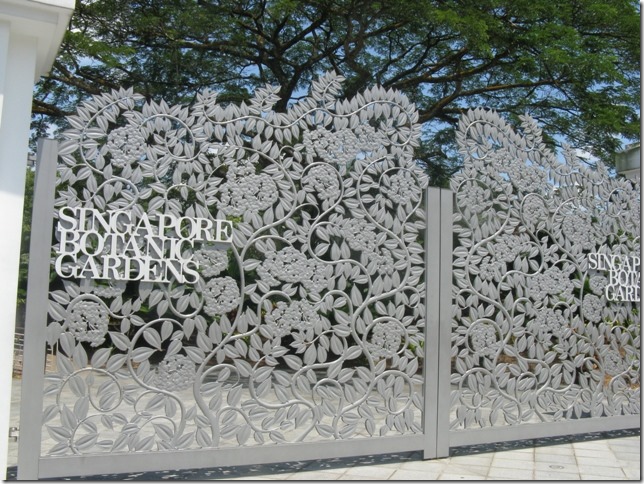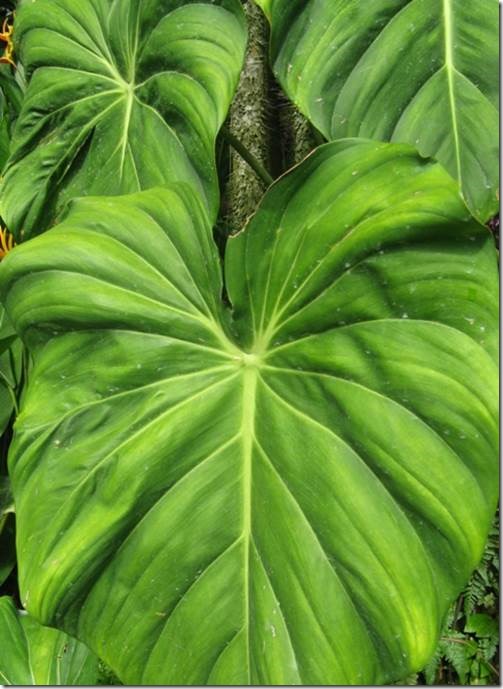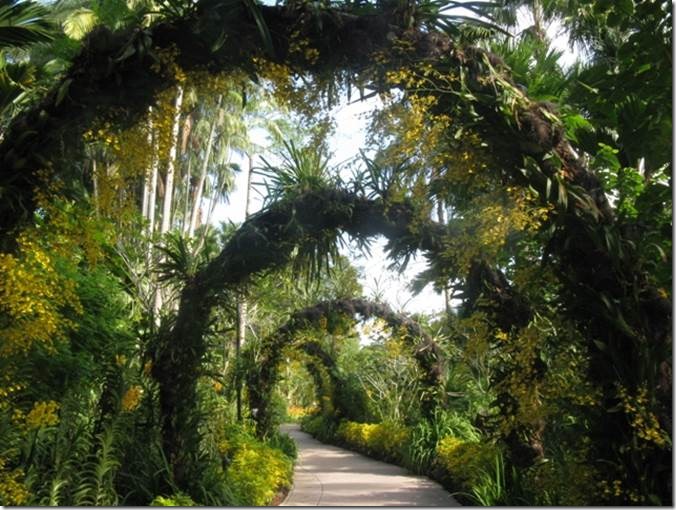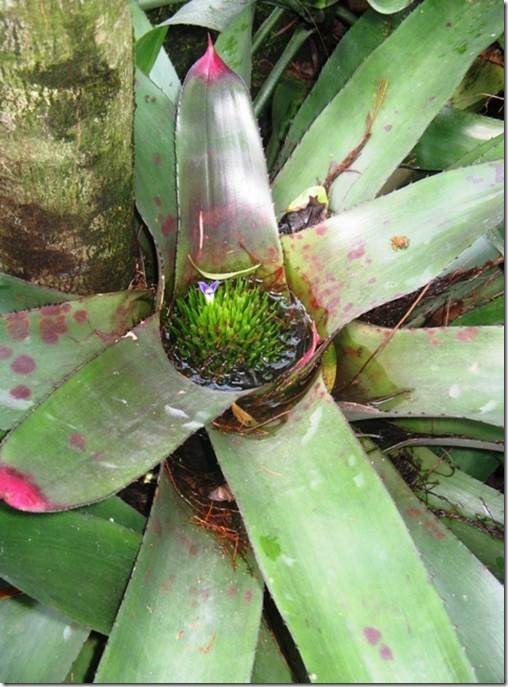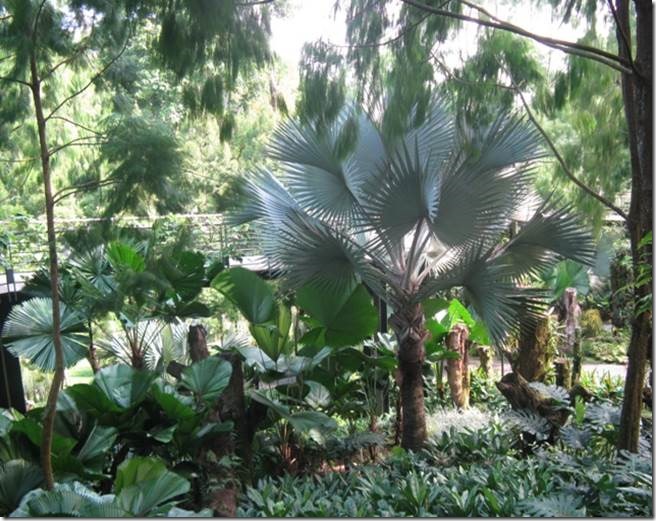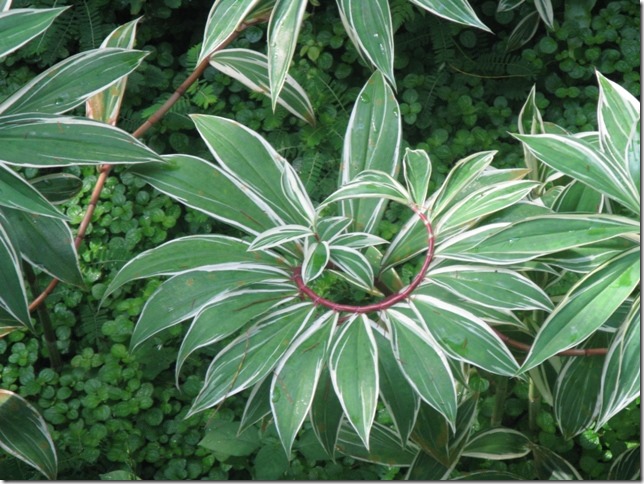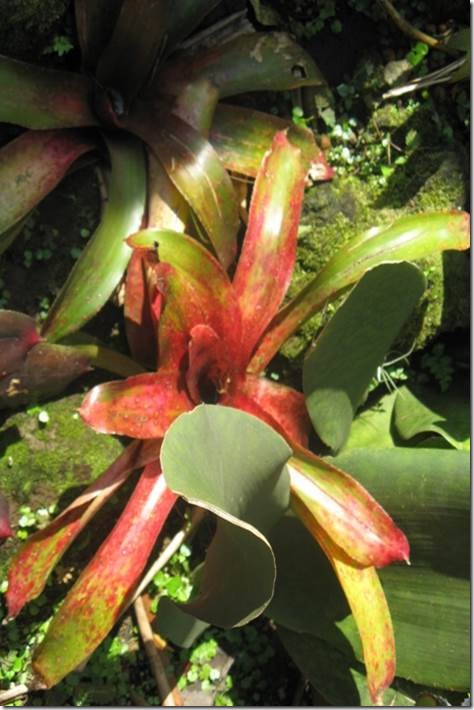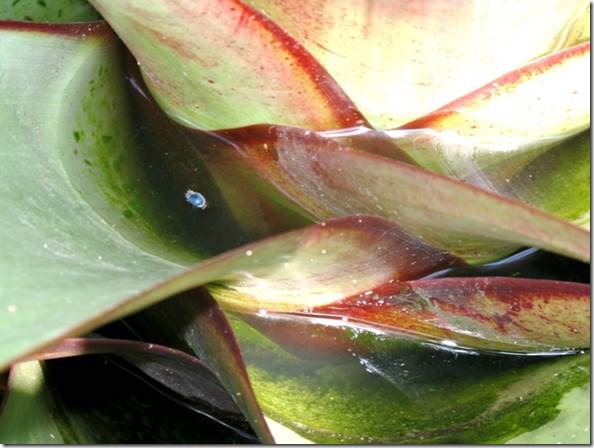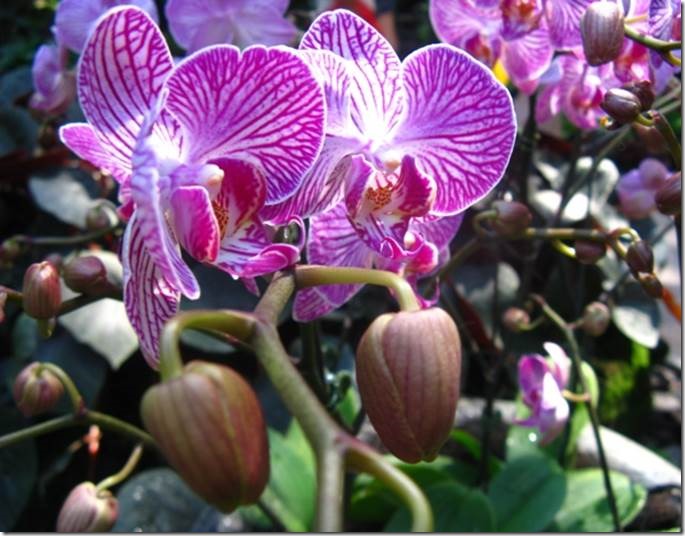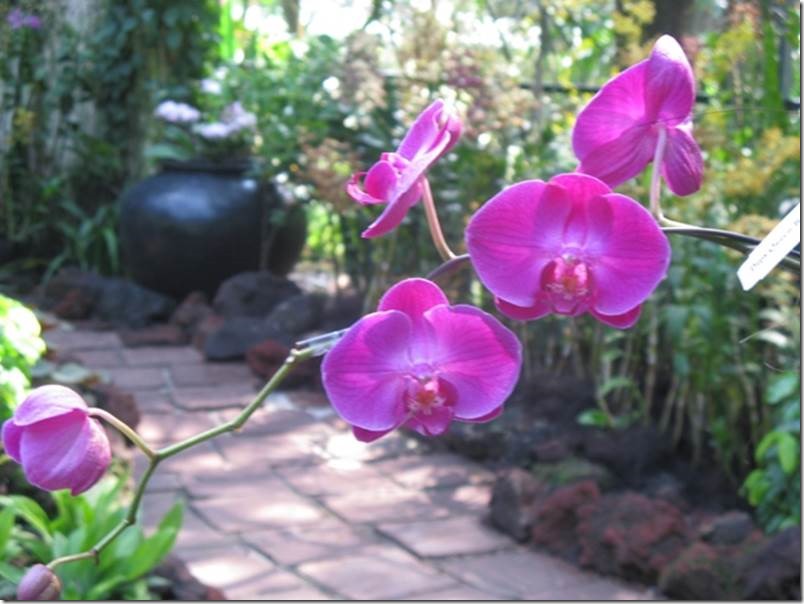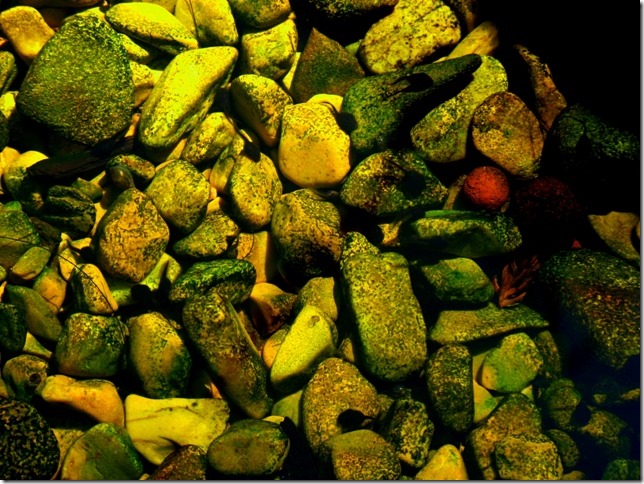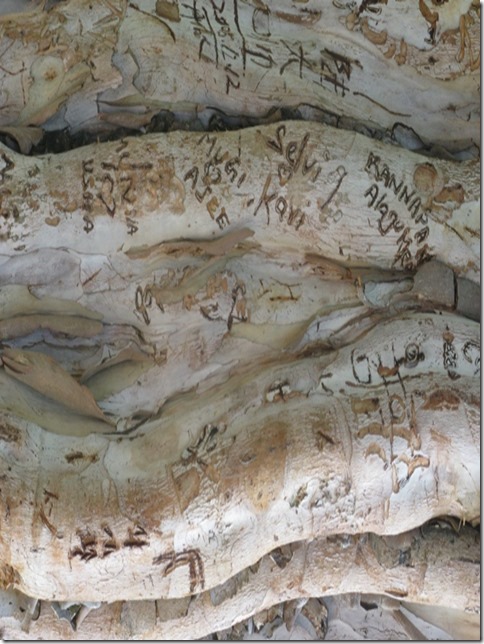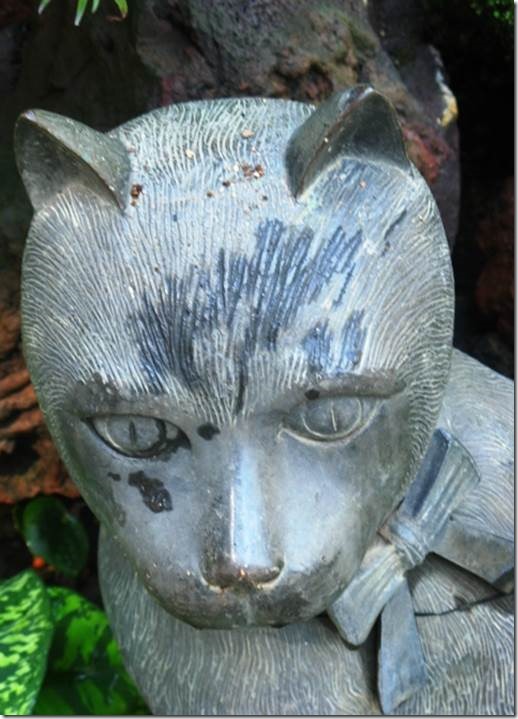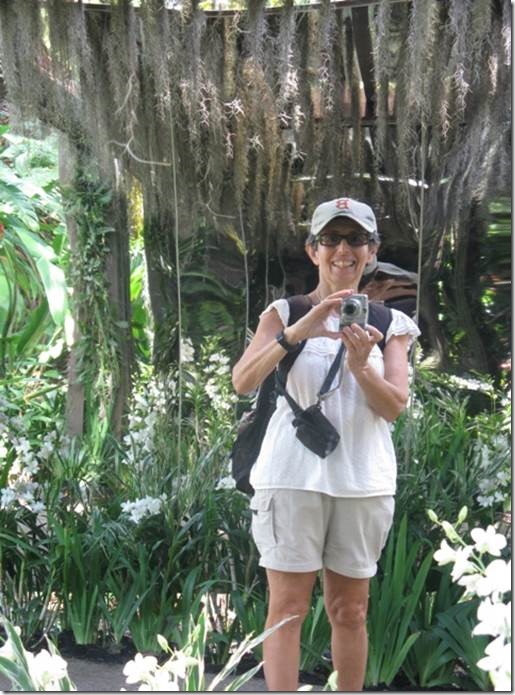Just one more day and then we’ll leave on the 19th. AND THERE’S STILL SO MUCH TO SEE AND DO!!!!!!!
“If you’re strolling along the Singapore River and do a double take, that might be because you suddenly find yourself confronted by some life-like and life-size bronze sculptures. Tagged the “People of the River” series, these sculptures depict the lifestyles of early inhabitants along the river. The masterpieces of local sculptors, they form part of an open-concept museum which allows one to uncover layers of Singapore history in a modern setting. Together with towering skyscrapers in the background, these sculptures create an arresting picture of Singapore’s growth from a small river settlement to a bustling contemporary city. More than memories cast in bronze, they show the stuff which dreams are made of. Remember your camera! Many have been unable to resist the urge to pose with these “river people”! ” www.visitsingapore.com http://www.nusantara.com/ is another site that talks about all of Singapore’s public art.
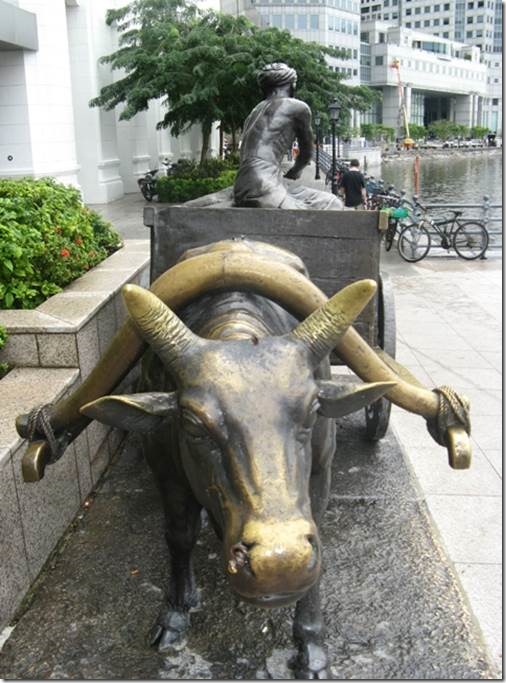
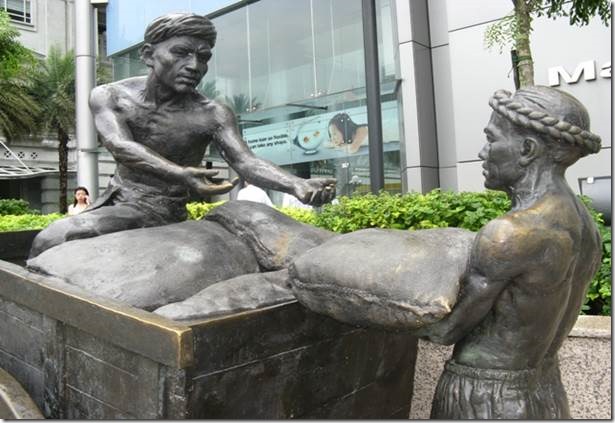
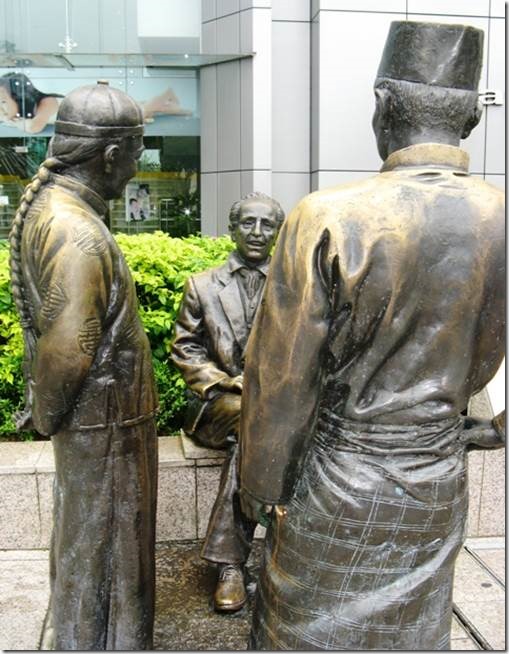
The River Merchant by Aw Tee Hong The merchant is Alexander Johnston. The standing men are most likely a Chinese and Arab merchant. You can learn lots from this sculpture; who gets to sit, who gets to talk and who gets to work. Colonial life illustrated. You can also see which statues get rubbed and are shiny gold; like the waterbuffalo’s nose!
Alexander Laurie Johnston
By Cornelius-Takahama Vernon written on 2001-03-27
National Library Board Singapore
Alexander Laurie Johnston, (b. Dumfriesshire, South Scotland – d. 19 February, 1850, Bluehill, Kircudbright, Scotland). A former ship’s owner/captain, Merchant, Businessman, Magistrate, Justice of Peace, arrived in Singapore in 1820. One of the earliest and much-liked settlers, he was the first Magistrate and Justice of Peace, appointed by Sir Stamford Raffles, who also made him one of the first Trustees of the Singapore Institution (later Raffles Institution). He established A. L. Johnston & Co. in July 1820, and being an active member of the mercantile community, Alexander Laurie Johnston was one of the founding members of the Singapore Chamber of Commerce in 1837. He was elected its first Chairman. He was one of Singapore’s pioneer businessmen who spent more than 22 years of his life here, made his mark and left Singapore on 18 December, 1841 for England before his retirement in Scotland. He died on 19 February 1850 in Scotland. Johnston’s Pier, now demolished, was named after him.
The benefactor
Johnston was liberal and hospitable to the extreme, and in the earliest cash book when he commenced business here, the first entry to his personal debit was, “A. L. Johnston, Paid subscription for the release of a female European slave, $10”. He was a liberal subscriber to the Singapore Institution, and even long after he left the Settlement, his interest in welfare continued sending liberal donations to its funds. Although an Anglican Protestant, he donated towards the first Catholic Chapel at Bras Basah Road. The building after that became the beginnings of St. Joseph Institution. (Now the Singapore Art Museum)
Departure from Singapore
At one of his many farewell gatherings, a great number of the most respectable Chinese merchants presented him with a piece of Plate valued at one thousand dollars, and a Gold Snuff Box costing five hundred dollars. The Arab merchants presented him with something of equal value. On 17 December 1841, he finally left the Settlement and the East, for England, carrying with him the affectionate regards of all whom he left behind him. He was the best known and most highly respected of the earliest merchants in Singapore. A Singapore Free Press notice of 1 July, 1853 stated that the interest and responsibility of the late Mr. Alexander Laurie Johnston in the firm of A. L. Johnston, ceased on 31 August,
Retirement and death
He retired in Scotland. He died in Bluehill, Kircudbright, in Scotland, on 19 February 1850
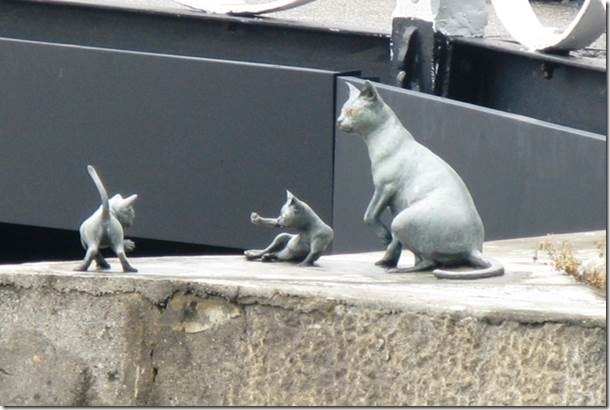
Cat sculpture on the Cavenagh Bridge. You couldn’t pat these kitties on the outside of the bridge without fear of falling into the river. Seems Singapore is soft-hearted when it comes to cats. Remember the cat lady of Newton Circus.
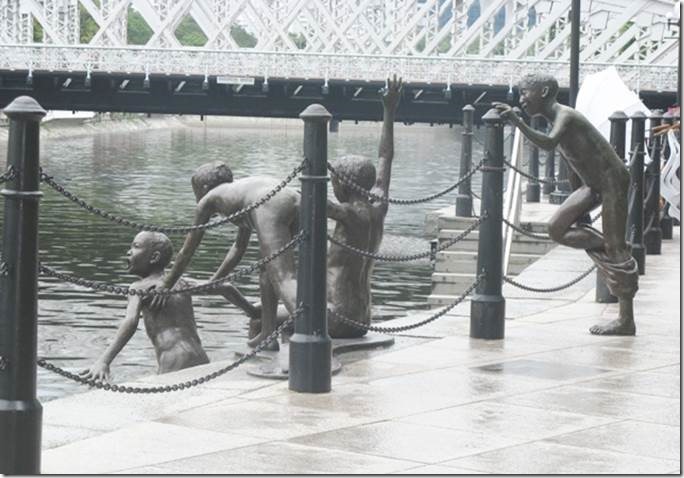
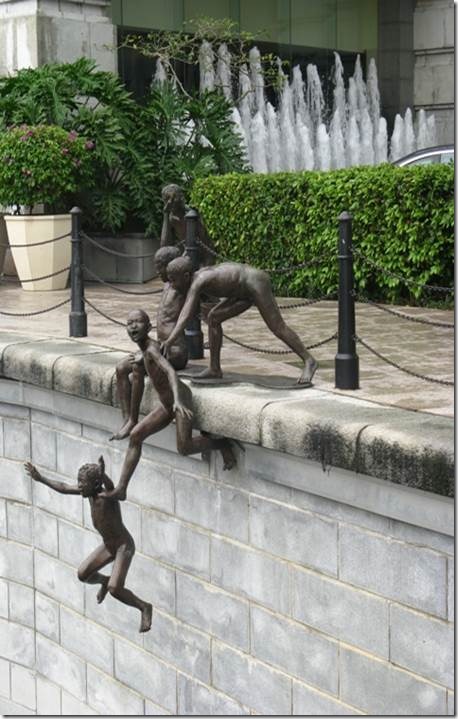
Young boys swimming in the Singapore River near Boat Quay across the river from the Asian Civilization Museum. You can see this scene played out all over Asia.
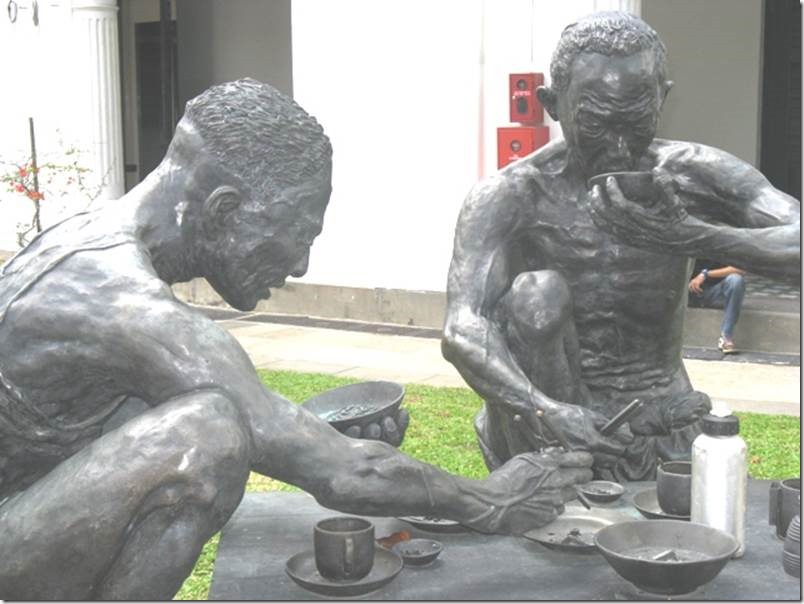
Sculpture near the Singapore Art Museum.
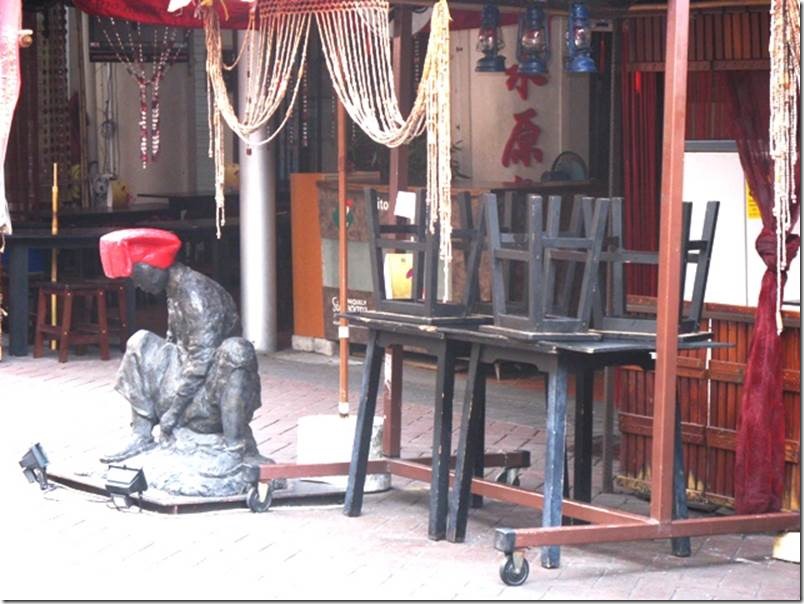
Pagoda Street Chinatown.
Singapore has over 100 outdoor sculptures and I guess I have seen maybe a dozen. Next visit to Singapore I’ll see more. Oddly I am not usually interested in sculpture. But when it introduces you to the history. I kind of like it.

